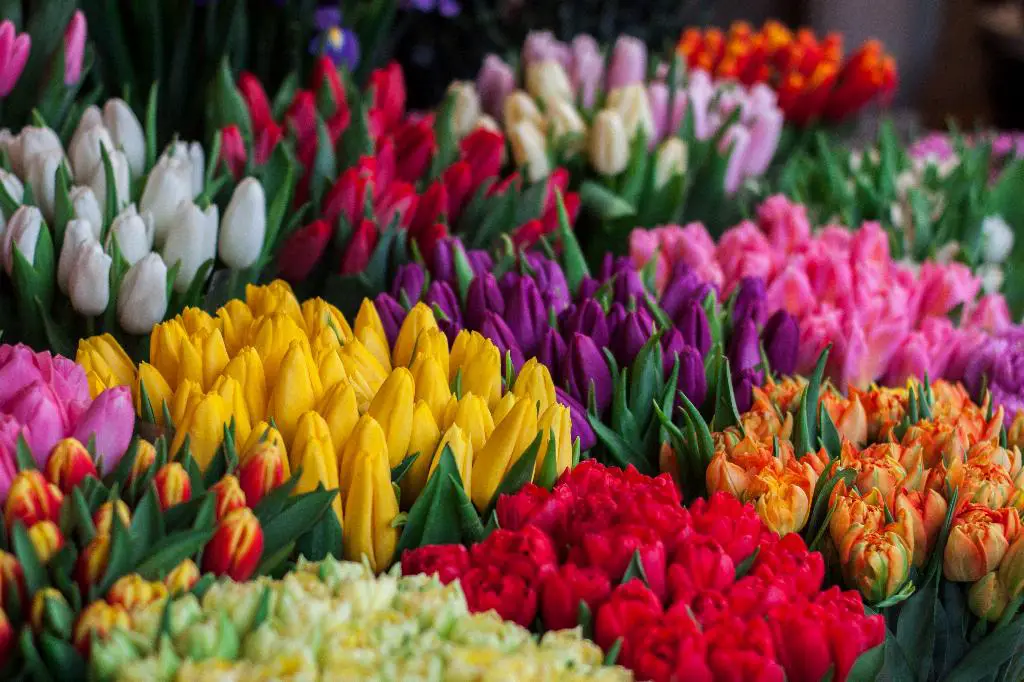When it comes to the world of tulips, it’s only natural to wonder about the presence of seeds. Tulips are known for their vibrant colors and graceful blooms, but what about the seeds that ensure their continued existence?
The Seedpod of the Tulip
Tulip seeds are not visible when you admire the flower in full bloom. That’s because tulip seeds are actually housed inside the seedpod of the flower. This seedpod protects the seeds until they are ready to be dispersed and planted for future growth.
The Process of Pollination
For tulip seeds to form, the process of pollination must take place. Just like other plants, tulips rely on pollination to produce seeds. The fascinating aspect of tulips is that they are self-pollinating plants, which means that they can transfer pollen from the anther to the stigma without the need for a pollinator.
Self-Pollination in Tulips
Through the process of self-pollination, tulips have the ability to reproduce without external assistance. The flower has mechanisms in place to ensure that pollen is transferred within the same plant, leading to the formation of seeds within the seedpod.
Formation of Seeds
Once pollination occurs, the seeds within the tulip’s seedpod begin to develop. The seeds go through a growth process within the protective casing of the seedpod until they are mature enough to be dispersed for germination.
Germination Process
When tulip seeds are ready to germinate, they need the right conditions to sprout and grow into new plants. Factors such as soil quality, moisture, and sunlight play crucial roles in the successful germination of tulip seeds.
Dispersion of Tulip Seeds
After the seeds have matured within the seedpod, they need a means of dispersal to find new areas for growth. This can happen through various methods, such as wind dispersal or the help of animals that come into contact with the seeds.
Importance of Tulip Seeds
Tulip seeds are vital for the continued propagation of these beautiful flowers. Without seeds, tulips would not be able to reproduce and create new generations of plants to delight gardeners and admirers alike.
Role of Seedpods
The seedpod of the tulip plays a crucial role in safeguarding the seeds until they are ready for dispersal. This protective casing ensures that the seeds are kept safe and viable for future growth, contributing to the sustainability of tulip populations.
Significance of Pollination
Pollination is a key process in the lifecycle of tulips, as it is the mechanism through which seeds are formed. The self-pollinating nature of tulips allows them to reproduce efficiently, ensuring a continuous cycle of growth and renewal.
Conclusion
In conclusion, tulips do indeed have seeds, which are developed within the seedpod of the flower through the process of self-pollination. These seeds play a crucial role in the reproduction and sustainability of tulip populations, ensuring that these iconic flowers continue to bloom and thrive in gardens around the world.

